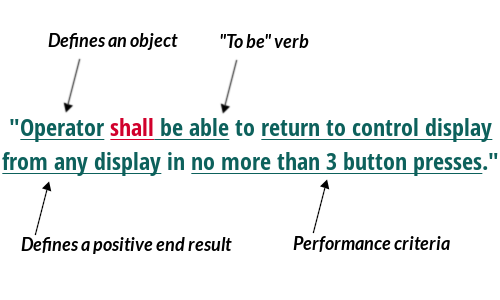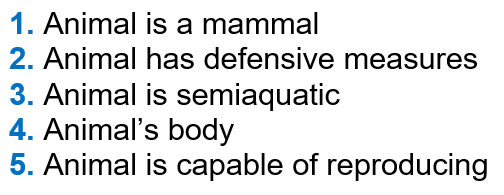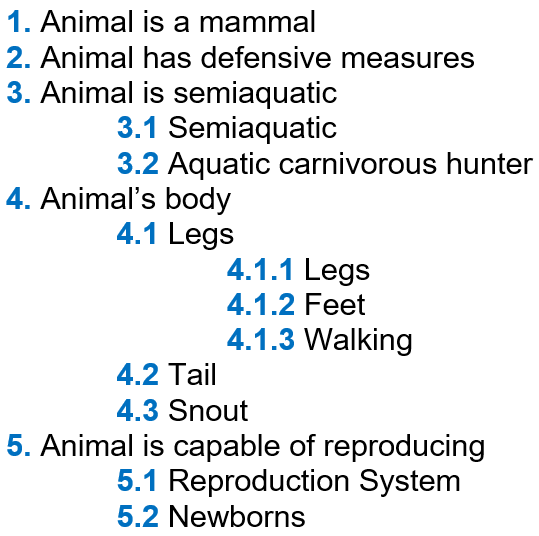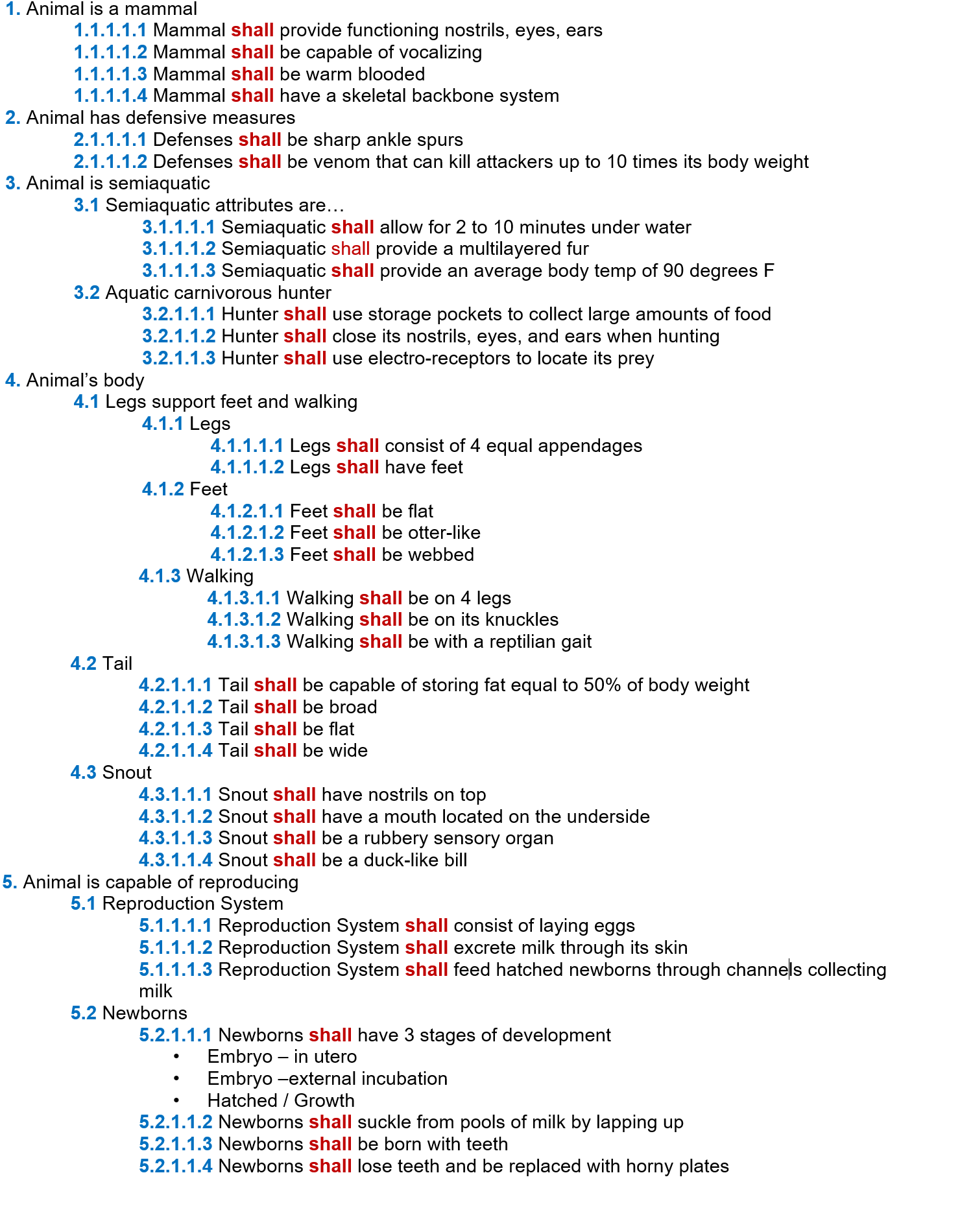Part 4: Product / Software Requirements

The purpose of product / software requirements is to identify the true needs of the product and bring these requirements to life by engineering the software properly, the first time. Requirements are a best practice of quality software engineering and extremely vital to project success. Without an organized and concise format, a non-technical project champion will not be able to understand the vision and goals set forth resulting in poor moral, lack of upper management support, and possible project failure.
When project and/or software requirements are missing or written poorly, this can come at a significant cost. Poor requirements management can result in the product failing once launched to the market. Perhaps the product is launched with each requirement fulfilled; however, the product is years late to the market. Cost overruns, field and service issues, difficulty to enhance and maintain, inflexible designs, and significant redevelopment (for next generation products) are all reasons to create sound requirements from the start of the project.
Characteristics of Good Requirements
| Correct | Technically and legally possible |
| Complete | Expresses a whole idea or statement |
| Clear | Unambiguous and not confusing |
| Consistent | Not in conflict with other requirements |
| Verifiable | Can be confirmed that feature is implemented |
| Traceable | Uniquely identified through design, development, test |
| Feasible | Can be accomplished within schedule and cost |
| Modular | Can be changed without excessive impact |
| Design-Free | Does not impose specific design (implementation free) |
| Positive | Written in the affirmative, not negative |
Examples of Requirements Language
Utilize consistent language, for example:
- “Shall” is mandatory
- “Should” is optional, but omission must be justified
- “May” is desired (future requirements)
Utilize consistent terminology
- Define terms – use a Glossary
- Avoid using the same name for different things
- Avoid using different names for the same things

- Always define the object first!
Anatomy of a “Good” Requirement
| The Challenge | Result |
| What is the object | Clearly identifies who or what |
| What is the desired end result | Clearly identifies end result |
| What is the testable performance | Clearly identifies testability |
Putting this into Practice (Example)
You are responsible for bringing a new animal to market. Begin by creating a work breakdown structure (WBS) to define your animal:

Get more specific:

Even more specific, utilizing best practices such as good characteristics and consistent language:

What do you get? A PLATYPUS!

Want to learn more about creating product and/or software requirements?
Part 1: 8 Critical Steps in Project Planning
Part 2: The Master Project Plan
Part 3: Risk Management
Part 4: Product / Software Requirements
Part 5: Project Schedule and Budget
Part 6: Quality Assurance Plan
Part 7: Architectural Design
Part 8: Development Plan
Part 9: Master Test Plan


No Comment
You can post first response comment.